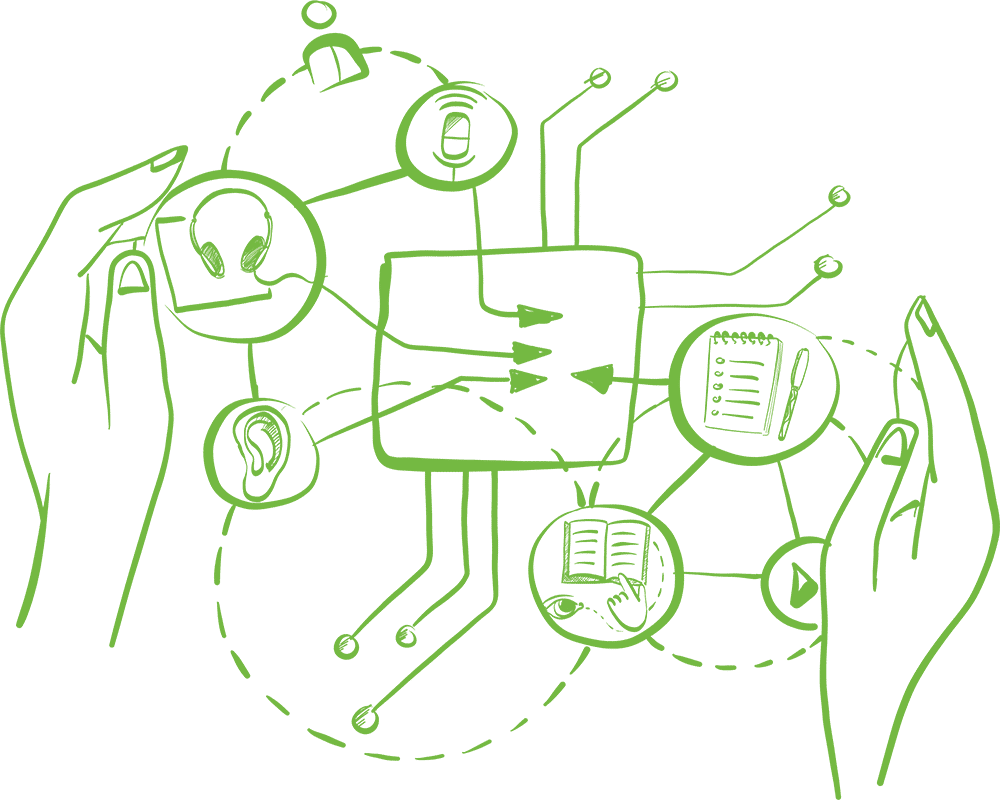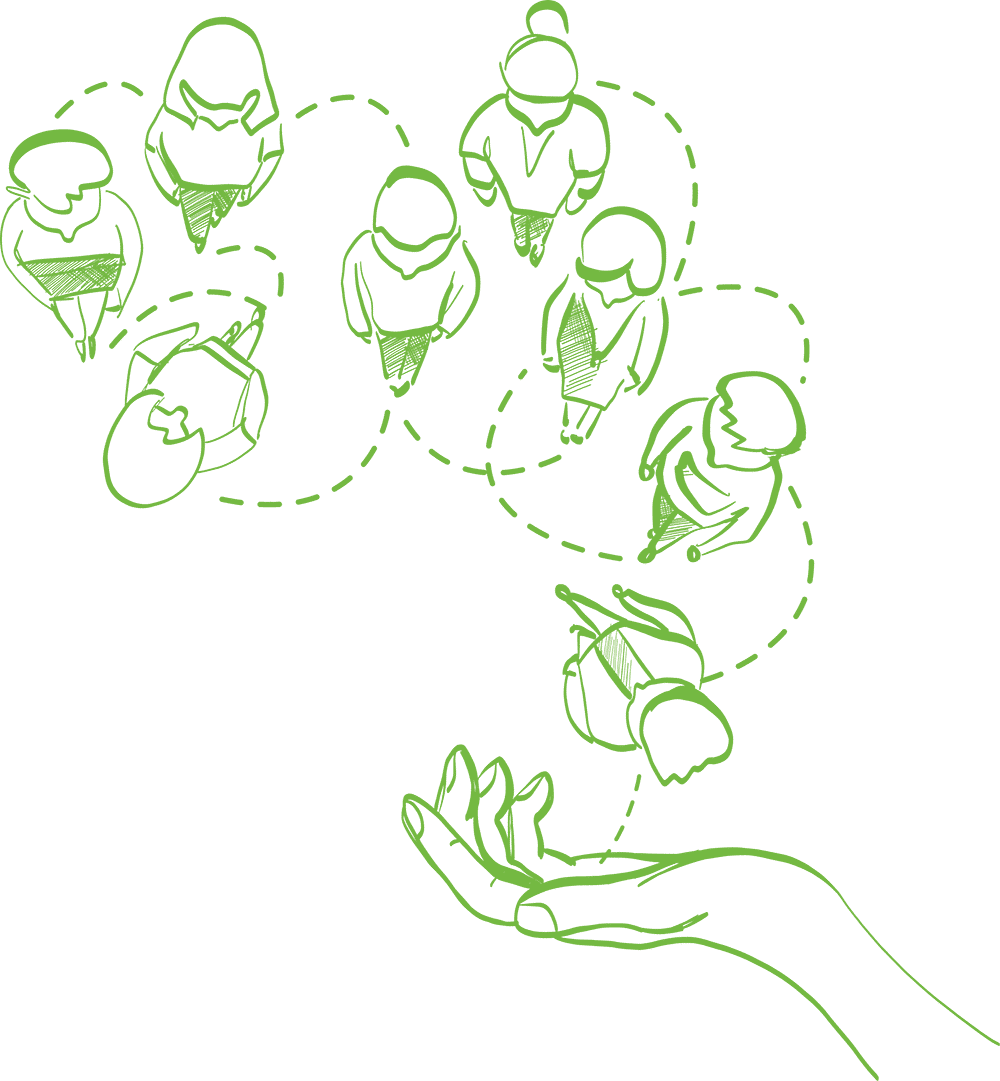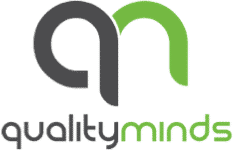Agile Teaching
QualityLearning

Agile teaching is a helpful and often necessary addition to agile learning. While agile learning relates to the learning goals of the employees, agile teaching supports goals that arise from the training needs of the employees as well as necessary changes within the teams or management. Fortunately, especially in companies that invest a lot of time in the selection of employees, teaching and learning goals often go hand in hand, which gives plenty of synergy effects.
What is “agile teaching” for us?
1. An in-depth analysis
A detailed analysis is the necessary basis in order to be able to design learner-centred teaching concepts that offer added value for both learners and companies.


2. A concept of agile teaching adapted to the needs
The agile Requirement Engineering combined with the methodology of modern teaching and learning research enables a good starting point for the subsequent conception of an agile teaching and learning setting. In this way, we can learn best whom and how to interview. Not only does it give us the best possible picture of the learners, but also of the subsequent application processes and the content to be conveyed.
3. An implementation according to agile principles (MVP)
The implementation according to agile principles in the sense of a minimum viable product makes it possible to create added value for the learners very early on: your valuable feedback will be integrated into the further development and thus a tailor-made solution will be guaranteed.


4. Continuous improvement based on clearly described criteria (continuous improvement)
Steady feedback and adaptation of the concept to changing framework conditions are the key elements of Continuous Improvement. This is how we achieve the highest possible quality.
